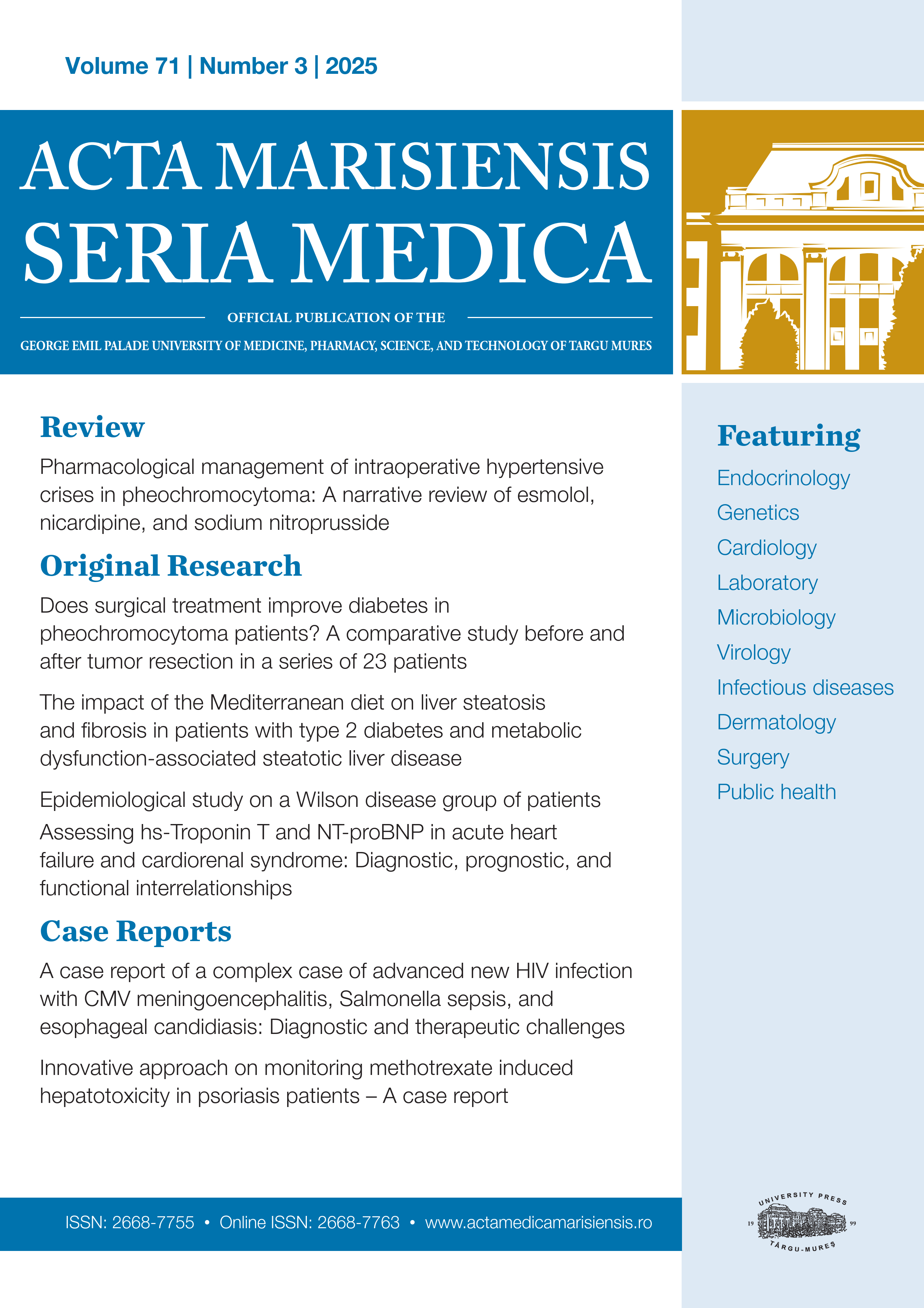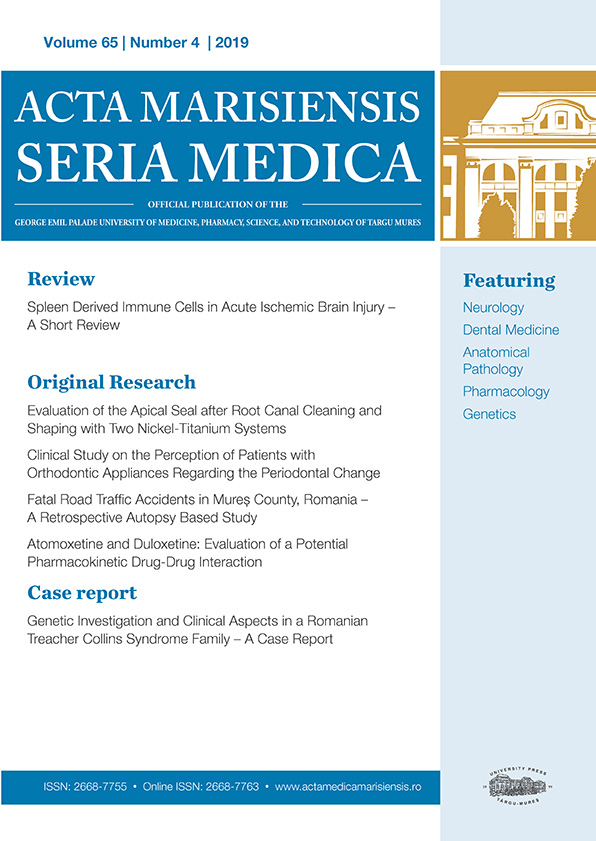From data to hypothesis: Exploring monocyte immunometabolism by principal component analysis of multiparametric flow cytometry
Abstract
Objective: Principal component analysis is a powerful dimensionality reduction tool that can uncover hidden patterns in complex biological data. In cellular immunology research, principal component analysis may help identify meaningful relationships between various biomarkers. This study aims to investigate the applicability of principal component analysis for exploring immunometabolic cellular pathways and behaviors in the context of human peripheral blood monocytes.
Methods: This methodological case study analyzed data from 19 healthy young individuals, including body mass index, fasting lipid profiles, and multiparametric flow cytometry of monocyte subsets. Monocytes were classified as classical, intermediate, or nonclassical based on CD14/CD16 expression, and surface markers, cell size, granularity, and intracellular lipid content were assessed. Principal component analysis was performed to explore clusters of correlated parameters and their possible biological significance.
Results: In classical and intermediate monocytes, principal component analysis revealed consistent patterns linking decreased CD14 expression with increased cell size, granularity, and lipid accumulation, reflecting known monocyte maturation processes from CD16– to CD16+. An inverse relationship between body mass index and LDL receptor expression was consistently observed, suggesting metabolic influences on monocyte phenotype. Strong positive loadings for CD11b and CD36 further indicated a link between immune activation and lipid uptake pathways.
Conclusions: This methodological case study demonstrates that principal component analysis can reveal biologically plausible clusters in multiparametric flow cytometry data, offering new perspectives on immunometabolic interactions. While the small sample size limits generalizability, the findings highlight the potential of principal component analysis for hypothesis generation and pathway discovery in immune cell research.
Copyright (c) 2025 Ion Bogdan Mănescu, Daniel Gîrlea, Sara Thomas, Ana-Maria Fotache, Liliana Demian

This work is licensed under a Creative Commons Attribution 4.0 International License.









